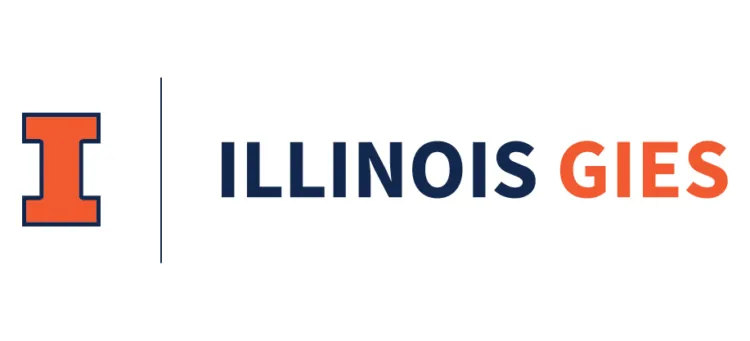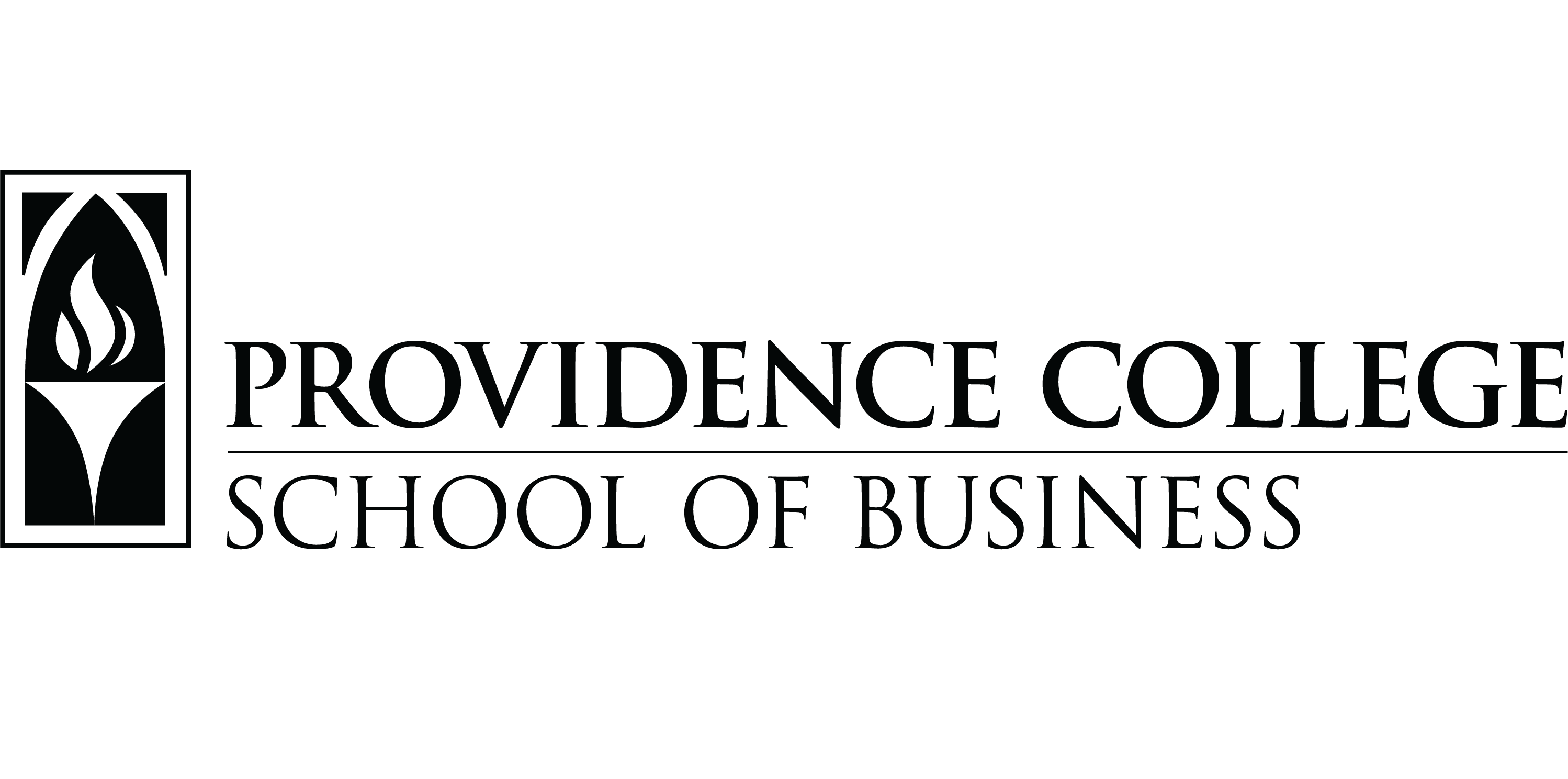
Stanford Graduate School of Business MBA students distance themselves outside for a group lesson in this Stanford file photo. GSB students resumed in-person learning, with strict coronavirus protocols, on January 18.
DELAYED STARTS AND ONLINE PIVOTS
Poets&Quants identified three universities with top 25 business schools that delayed the start of classes by at least a week in order to give returning students ample time to test and isolate if needed: University of Chicago’s Booth School of Business delayed the start of its Winter Quarter by one week to January 10 while going virtual until today (January 24.) Booth also extended its round 2 MBA application by one week. Vanderbilt’s Owen Graduate School of Management, following the lead of the university, delayed the start of classes until January 18, but planned to return in-person. Yale’s School of Management delayed classes until January 25 and will be taught remotely through February 4.
Nineteen other schools started their terms as scheduled, but pivoted to online instruction.
Stanford University, as we previously reported, announced in December that it was moving instruction online for the first two weeks of the Winter Quarter beginning January 3. But, one week after students arrived on campus, nearly 400 students and 300 faculty and staff tested positive for coronavirus. The school delayed in-person classes by another week to January 24 for undergraduate students.
“We anticipate further increases in cases as more students arrive. While we have designated isolation spaces available currently, we expect our capacity to be strained in the coming days, particularly at the undergraduate level,” Provost Persis Drell and Associate Vice Provost Russell Furr wrote in a January 7 message to the Stanford community.

Bradford Williams
While Stanford Graduate School of Business follows the university’s coronavirus protocols, it resumed in-person classes last Tuesday (January 18). So far, the return has gone smoothly, Brandford Williams, director of communications and media relations at Stanford GSB tells Poets&Quants.
“Stanford health experts continue to believe there is low risk of in-class transmission, as long as individuals wear proper face coverings and students with symptoms do not attend. While COVID cases have increased in the local area, cases have typically been mild for those who are fully vaccinated and boosted,” Williams says. “We have advised students that a few classes may need to have a limited number of online sessions due to the instructor isolating, or if there is an unsustainable portion of the class in isolation.
“As we have throughout the pandemic, Stanford GSB follows Stanford University’s protocols, which are based on current guidance from local and regional public health officials. An important consideration for the University in its COVID policy planning is ICU capacity and general strain on the Stanford Hospital system. At this point, hospital capacity is not a cause for concern.”
AT WASHINGTON FOSTER, 1,000 NEW CASES AND 15% POSITIVITY RATE
The University of Washington, home of the Foster School of Business, announced last month that it would move to remote learning for the first week of Winter Quarter beginning January 3. But, at the end of that week, with campus positive cases nearing 1,000 and a positivity rate reaching 15%, the university decided on January 6 to extend the remote period through January 28.
“Community testing capacity was quickly becoming overwhelmed leading to increased demand for campus testing. Community testing positivity rates were approaching 30% at some sites,” Barbara Pearson, director of Foster’s MBA program operations, told P&Q in an email last week.

The University of Washington, home of the Foster School of Business, added an extra four days of online classes after surging omicron cases when students returned from winter break. (Courtesy photo)
Contact tracing was 24-48 hours behind schedule due to the volume, while the university’s quarantine and isolation space was approaching its limit. Meanwhile, University of Washington Medicine hospital case counts were at all-time pandemic high with more than 800 staff out due to COVID protocols and critical campus staff were calling in sick, Pearson said.
“The impact on faculty and staff has been a fair amount of extra work to manage a quick pivot of plans for instruction and work. Since we have operated remotely for long stretches over the past two years, this transition was not as challenging as in March 2020, but it does imply some additional work for many of our faculty and staff,” Pearson tells P&Q. “Most of our staff are working from home during this time and have set ups and work that allows them to create continuity in program operations. A few of our staff members have had to take time off due to illness, but most are healthy and are just continuing to work from home.”
No changes are planned for Foster’s Spring Quarter at this time.
Next page: A difference in this semester's move online











Questions about this article? Email us or leave a comment below.